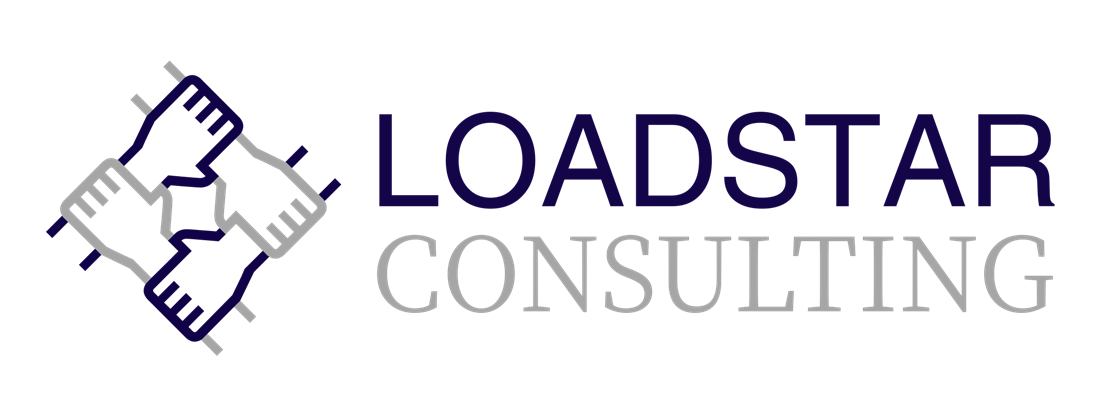The Crucial Role of Data Management for Gift Officers
November 1, 2024 | 7 min read
Fundraising is about building relationships. Using data effectively enables gift officers to personalize outreach, strengthen connections, and drive results. This article explores tools, tips, and insights to help you maximize your impact.
Fundraising is all about connecting with people. In the world of fundraising, gift officers are at the heart of transforming these connections into meaningful support. Their success doesn’t just come from their ability to build lasting relationships; it also comes from effectively leveraging data to tailor their outreach efforts. Effective data management empowers gift officers to develop stronger relationships, streamline fundraising efforts, and achieve remarkable fundraising outcomes.
This article explores why data management matters for gift officers and how it can change how they approach fundraising. We will also share examples, tools, and actionable tips to help you maximize your impact. To truly tap into the potential of these connections, it is essential to understand how data can provide the insights necessary for effective engagement. Topics covered include:
- Unlocking the Power of Data
- Building Stronger Donor Relationships
- Finding and Engaging the Right Prospects
- Streamlining Your Daily Workflow
- Tracking Progress and Showing Impact
Unlocking the Power of Data
Data is more than numbers in a spreadsheet—it’s an abundant source of actionable insights waiting to be unlocked! Data insights enable gift officers to identify trends in donors’ giving behavior, uncover shared interests, and tailor engagement strategies for maximum impact. This knowledge helps craft personalized messages, foster deeper relationships, and focus on the donors most likely to support your mission.
For instance, a university’s development office used donor management software like Salesforce to analyze giving patterns. By identifying high-potential donors who attended recent alumni events, they sent personalized invitations to a new campaign, resulting in a 40% increase in engagement. You can read more about their success here.
With these insights, gift officers can shift their focus to cultivating deeper, more meaningful relationships with their donors.
Building Stronger Donor Relationships
Great relationships are the foundation of successful fundraising. Actionable insights can strengthen these relationships by helping gift officers create more personal and thoughtful donor experiences. When donors feel genuinely seen and understood, their loyalty grows—and so does their generosity.
Tip: Use tools like Affinaquest, DonorPerfect, or Bloomerang to record donor preferences and set reminders for follow-ups, anniversaries, or milestones. Small acts like sending a birthday card or a thank-you note after a gift can significantly impact your donor engagement.
As relationships deepen, strategically identifying and engaging the right prospects becomes essential to fuel future fundraising success.
Finding and Engaging the Right Prospects
Data insights help gift officers prioritize their portfolios and develop personalized engagement strategies. By analyzing patterns like wealth indicators, giving history, and shared interests, gift officers can identify potential donors with high capacity and inclination to give, ensuring they direct their efforts where they can make the most impact while maintaining strong relationships across their donor base.
Actionable Insights:
- Utilize a donor management system like Affinaquest or DonorPerfect to store and manage constituent information such as communication preferences, contact details, giving history, interactions, interests, and stewardship activities. Accurate and up-to-date donor information enables more relevant and impactful outreach.
- Segment constituents into groups, such as recurring donors, major gift prospects, and lapsed donors. Develop targeted communication strategies for each segment, such as customized newsletters for recurring donors or personalized re-engagement emails for lapsed donors.
- Leverage prospect research tools like DonorSearch or WealthEngine to identify high-potential prospects. Use these insights to prioritize outreach and develop donor profiles that include wealth indicators, philanthropic interests, and engagement preferences. Develop strategies like scheduling face-to-face meetings or customized proposals for top-tier prospects.
- Implement predictive analytics. Use historical giving data and machine learning tools such as Donor AI to help you identify which donors are most likely to upgrade their gifts or respond to specific campaigns.
- Develop personalized engagement plans using data insights. For instance, if a donor supports mental health causes, share updates about your organization’s new mental health program efforts and offer exclusive invitations to relevant events.
- Track and evaluate results. Monitor key performance indicators (KPIs), such as dollars raised, donor acquisition cost, average gift size, donor growth rate, and donor retention rates, to demonstrate your work’s impact and refine your approach.
- Educate your team. Provide training on data analysis tools and interpreting donor insights to enhance engagement.
With targeted insights and strategies, gift officers can streamline their daily processes to enhance their effectiveness and maximize outreach efforts.
Streamlining Your Daily Workflow
Managing donor relationships can feel overwhelming, but automation and streamlined processes can make a huge difference. With the right tools and insightful strategies, you can focus on what matters most—building connections and advancing your mission.
Streamlining Tips:
- Optimize your donor management system by establishing data entry policies that ensure consistency and reliability.
- Use project management tools like Asana, Smartsheet, and Trello to manage tasks and deadlines.
- Automate recurring tasks with tools like Constant Contact, Mailchimp, and Zapier. For example, automate thank-you emails, create reminders, schedule social media posts, or segment donor lists.
- Embrace collaboration tools like Slack and Microsoft Teams to facilitate quick and efficient communication amongst your staff.
- Streamline volunteer management with tools that track certifications, preferences, schedules, skills, and training.
- Review policies and procedures regularly to incorporate process improvements and keep them up-to-date.
- Empower staff with training on new tools and best practices.
For example, a nonprofit used Mailchimp to segment prospects by interest and engagement levels, creating personalized campaigns for each group. As a result, they saw a 30% increase in participation. Refer to the case study here.
Streamlining your daily workflow to improve efficiency creates more time for you to track progress and demonstrate the impact of your efforts to stakeholders and donors.
Tracking Progress and Showing Impact
Data management is not just about planning but also about measuring results. Tracking key metrics helps gift officers determine what works and refine their strategies for better outcomes. Use data insights to inform every aspect of your fundraising, from prospect identification to stewardship.
Key Metrics to Monitor:
- Donor Acquisition Cost: What are you paying to acquire a new donor?
- Donor Retention Rate: Are you keeping your donors engaged year after year?
- Donor Lifetime Value: How much revenue can you expect to generate from a single donor over their lifetime of giving to your organization?
- Gift Size Trends: Are donors increasing or decreasing their contributions?
- Acquisition Rates: How efficient are your campaigns in attracting new donors?
- Fundraising Return on Investment: How much money did you raise for every dollar you spent on fundraising efforts?
Conclusion
Fundraising is about more than raising money; it is about building genuine relationships that inspire and engage. By using data thoughtfully, gift officers can connect with donors on a deeper level, focusing on what truly matters to them. These connections turn routine interactions into meaningful moments that strengthen loyalty and build lasting support.
As you put these strategies into practice, remember that every small step, from a personalized thank-you to a thoughtful invitation, adds to the bigger picture of your mission. With the right tools and a caring approach, you can exceed your goals while creating a community of supporters who share your vision and values. Data is not just about numbers but about making every interaction count. Embrace it, and see how it transforms your work and the impact you create!

